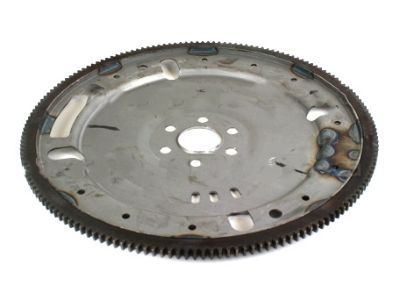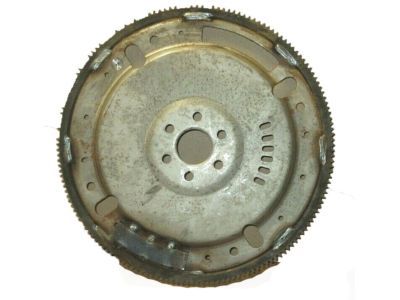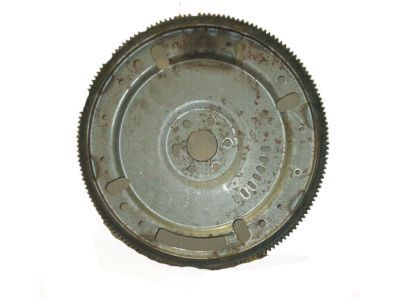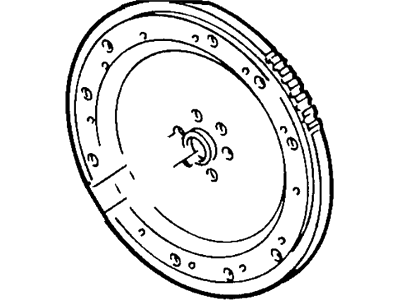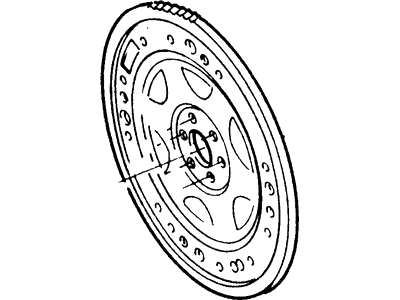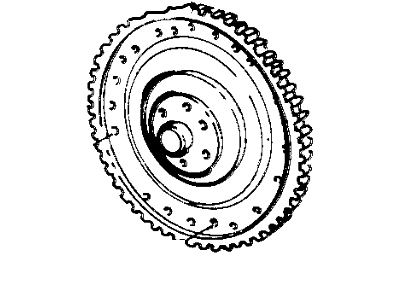

My Garage
My Account
Cart
Genuine Mercury Capri Flywheel
Clutch Flywheel- Select Vehicle by Model
- Select Vehicle by VIN
Select Vehicle by Model
orMake
Model
Year
Select Vehicle by VIN
For the most accurate results, select vehicle by your VIN (Vehicle Identification Number).
7 Flywheels found
Mercury Capri Flywheel
We provide a wide range of Mercury Capri Flywheel at the best prices possible. If you need Mercury Capri Flywheel, you can shop with confidence on our website. All our OEM parts come with a manufacturer's warranty and are delivered to your door step with a fast delivery service.
Mercury Capri Flywheel Parts Questions & Experts Answers
- Q: How to remove and reinstall the flywheel and inspect related components in four cylinder engine on Mercury Capri?A:Raise the vehicle and support it securely on jackstands, then remove the transmission. If it's leaking, now would be a very good time to replace the front pump seal/O-ring for automatic transmissions. Remove the pressure plate and clutch disc for manual transmission equipped vehicles, and check or replace the clutch components and pilot bearing. Use a center-punch to make alignment marks on the flywheel and crankshaft to ensure correct alignment during reinstallation. Remove the bolts that secure the flywheel to the crankshaft; if the crankshaft turns, wedge a screwdriver through the starter opening to jam the flywheel. Carefully remove the flywheel from the crankshaft, supporting it while removing the last bolt due to its weight. Clean the flywheel to remove grease and oil, inspecting the surface for cracks, rivet grooves, burned areas, and score marks, with light scoring removable using emery cloth. Check for cracked and broken ring gear teeth, laying the flywheel on a flat surface to use a straightedge for checking warpage. Clean and inspect the mating surfaces of the flywheel and crankshaft, replacing the crankshaft rear seal if it is leaking before reinstalling the flywheel. Position the flywheel against the crankshaft, aligning the marks made during removal, noting that some engines have an alignment dowel or staggered bolt holes for correct installation. Apply thread locking compound to the bolt threads before installation, and wedge a screwdriver through the starter motor opening to keep the flywheel from turning as you tighten the bolts to the specified torque. The remainder of installation follows the reverse of the removal procedure.
